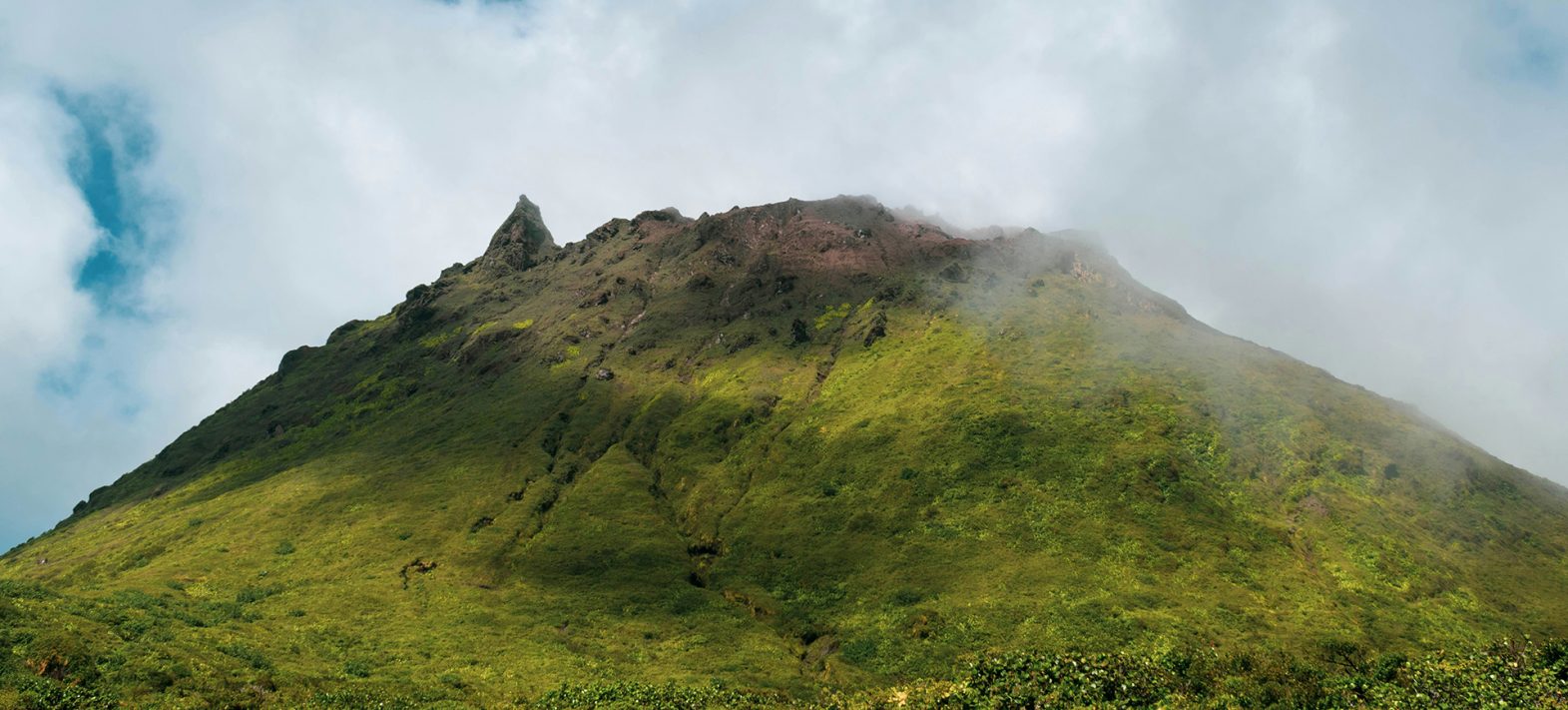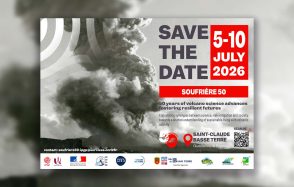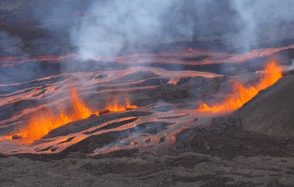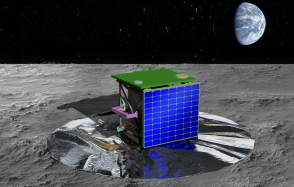A breathtaking view on the bowels of a volcano
Scientists from the Institut Langevin and the IPGP have developed a highly innovative imaging method capable of probing the bowels of a volcano at unprecedented resolution and penetration depth. Published in the journal Communications, Earth & Environment, this work offers a unique and promising new observable for volcanology and the anticipation of eruptions.

© Mael Gramain - Unsplash
Publication date: 20/09/2024
Observatories, Press, Research
Related observatories : Volcanological and Seismological Observatory of Guadeloupe (OVSG-IPGP)
Related teams :
Volcanic Systems
Related themes : Natural Hazards, Earth and Planetary Interiors









